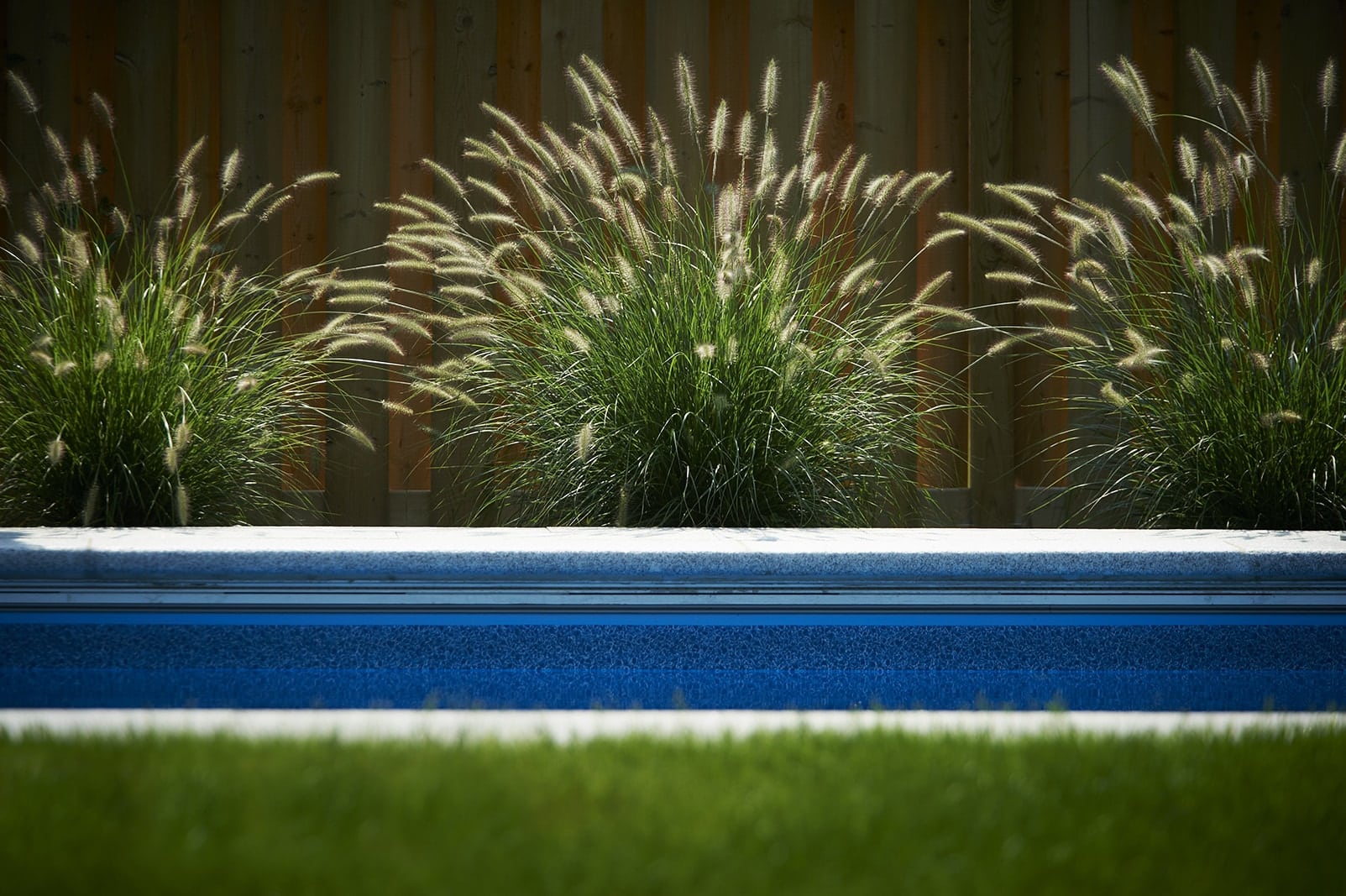
You’ve decided to transform your outdoor living space. That’s the easy part.
Now comes the hard part: Deciding.
- What you want
- Where it should all go
- How to make it happen
Some factors might be a little beyond your control, such as the type of soil you have in your backyard. While other factors, like your budget, are entirely up to you.
Together, these factors all work to help create the perfect landscape design for you.
Your soil
Despite an initial glance, not all soil is the same.
It’s important to know the composition and condition of your soil. That way, you’ll know which plants you can have and which to avoid.
To determine composition, you should administer a pH (potential of Hydrogen) test, which measures the soil acidity or alkalinity.
A simplified pH scale range is as follows:
- 0-1: Ultra acidic (battery acid, stomach acid)
- 2-3: Extremely acidic (lemon juice, grapefruit)
- 4-5: Strongly acidic (tomato juice, soft water)
- 6: Slightly acidic (saliva, milk)
- 7: Neutral (pure drinking water)
- 8-9: Slightly alkaline (ocean water, baking soda)
- 10-11: Strongly alkaline (milk of magnesia, saltwater)
- 12-13: Extremely alkaline (soapy water, bleach)
- 14: Ultra alkaline (liquid drain cleaner, lye)
If your soil is acidic, you’ll want to include plants like:
- Japanese azaleas
- Daffodils
- Magnolias
- Marigolds
If your soil is alkaline, you’ll want to include plants like:
- Black-eyed Susans
- Lavender
- Hostas
- Clematis
Your budget
Regardless if you have an unlimited budget or have set aside a specific amount for your landscape project, you will always want to spend smartly.
Here are things to keep in mind when establishing your landscaping budget:
Track everything
- Every brick, light bulb, and even pizza slices should be accounted for. Otherwise, you’ll lose track of where your money is going.
- Keep every receipt you can. When tax time rolls around, you might be able to claim some of it back.
Be adaptable
- During the course of your project, you might decide to add an extra water feature, or perhaps an unexpected cost arises, such as additional building permits.
- Including a little buffer-money ensures you can handle any pop-up expenses without compromising anything.
Elemental thinking
- Instead of looking at your project as a whole, break it down by its elements: gazebo, plants and trees, landscape lighting, decking, etc.
- This will help you determine how much you want to spend on each portion. If the gazebo is important but a small garden isn’t, you could allocate money accordingly.
Its purpose
When all is said and done, what do you want to do in your brand new outdoor living space?
- If you want to prepare exquisite meals outdoors, you’ll want to incorporate an outdoor kitchen.
- If you’re looking to spend quiet evenings under the stars, you’ll need to include landscape lighting and a fire pit.
- If entertaining family and friends is a top priority, then you should consider an expansive deck and patio.
- If it’s important to give your kids a safe place to play, then fresh, lush, and green grass is a must.
Of course, if you want to enjoy multiple activities in your backyard, then you’ll need to incorporate all these features in a unified manner.
Connecting each space is critical. How will people move from one area to another? Where is it possible to create openings and pathways? Should there be defined borders or do you want an open concept?
Future maintenance
In order to keep your backyard landscaping looking crisp and clean, it’ll need ongoing maintenance, such as:
- Interlocking paving stones should be routinely cleaned and sealed
- Plants may have to be pulled out or replaced
- Hedges and low-hanging branches will require ongoing trimming
- Grass will need to be cut, aerated, and fertilized
- Wooden structures may need sealing from time to time
Now, if you’ve got the time and skill, you can put just about anything in your new outdoor living space. After all, you know to take care of it.
Yet, if you want to spend as much time as possible enjoying your landscaping and as little time as possible maintaining it, you’ll want to include low-maintenance features.
Sunlight and water

Sunlight
The location and orientation of your backyard determines how much sunlight it’ll receive during the day. For example:
- FULL SUN EXPOSURE: You’ll want to avoid planting things like hostas. You also may want to install an irrigation system to protect plants, grass, and trees. Perhaps you’ll want to build a shady structure (like a gazebo), to offer respite from the heat.
- LOW SUN/FULL SHADE EXPOSURE: Flowers like roses don’t do well in full shade. Shady areas may not be ideal for a vegetable garden either. However, the shade is an ideal place to place your outdoor dining area.
Water
If your backyard is on a slope, then water and gravity is the enemy.
Water can pool and flood certain areas. Depending on where that happens, grass can become waterlogged, lights can become damaged, or certain materials can even rot.
Your options are:
- INSTALL WATER FRIENDLY FEATURES: Putting trees where water collects is a good idea since they’ll suck it all up and use it to stay healthy and strong.
- INSTALL A RETAINING WALL: A retaining wall will keep water in its place. In turn, that’ll help prevent soil erosion.
Ready to start your landscape project? So are we!
Ultimately, the biggest factor for your new outdoor living space is: what do you want?
Once you know that, you can take the next step, which is bringing your idea to life.
That’s where the landscape designers at Natural Landscape Group can help.
When you book a discovery meeting, we’ll listen to your needs and explain how we can accomplish them for you.
Don’t wait! If you’ve thought about it and dreamed about it, now is the time to talk it into existence!

